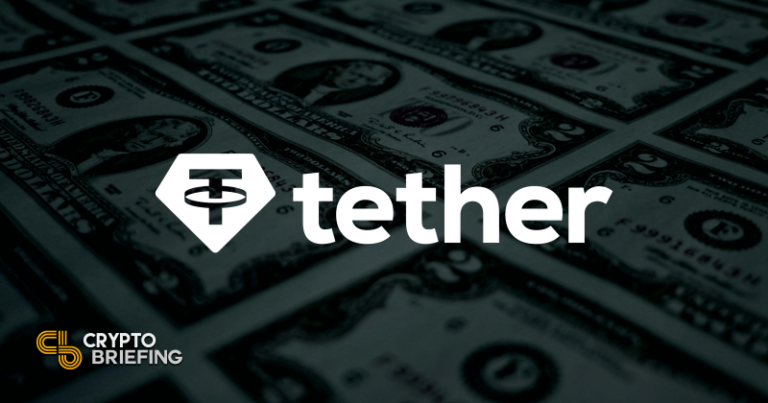Important points
Tether is turning to commodity trade financing as small and medium-sized businesses struggle to access traditional financing. USDT is already facilitating cross-border trade for Russian and Venezuelan exporters, highlighting the growing role of stablecoins.
Share this article
Tether Holdings, the world’s largest issuer of stablecoin USDT, is considering lending to a commodity trading company, Bloomberg reports.
The cryptocurrency firm has held discussions with multiple commodity trading companies about the possibility of financing in U.S. dollars, according to people familiar with the matter.
Commodity traders, especially small and medium-sized enterprises, often rely on credit lines to finance the transportation of oil, metals and food products around the world, but access to capital is becoming increasingly difficult.
While large companies in the commodity trading industry have access to extensive credit networks, smaller businesses often struggle to obtain financing. Tether’s proposal offers an alternative that can streamline payments and transactions, avoiding the strict regulatory requirements of traditional financial institutions.
In an interview with Bloomberg News, Tether CEO Paolo Ardoino acknowledged the company’s interest in commodity trade finance, but stressed that the discussions were preliminary.
“We are interested in exploring different commodity trading possibilities,” Ardoino said, adding that opportunities in this area “could be very large in the future.”
Ardoino did not say how much the company plans to invest in commodity trading, but suggested that Tether is carefully developing its strategy.
“We probably won’t reveal how much we plan to invest in commodity trading. We are still developing our strategy,” Ardoino said.
According to reports, Tether’s USDT is already being used for cross-border transactions by a major Russian metals producer and Venezuela’s state oil company PDVSA. The role of stablecoins in international trade, particularly in sanctions markets, highlights the potential of alternative financial infrastructure to support the commodity sector.
Share this article


